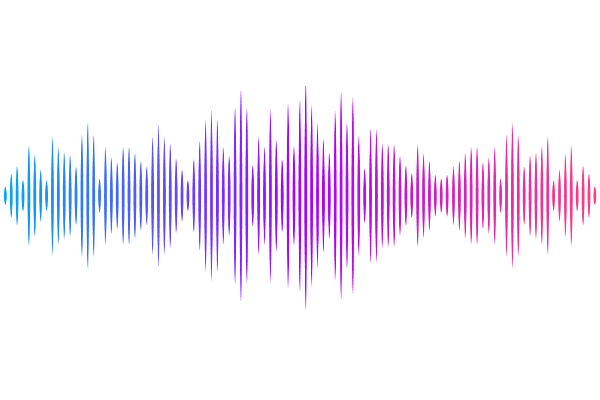TORCphysics: A physical model of DNA-topology-controlled gene expression

TORCphysics: A physical model of DNA-topology-controlled gene expression
Velasco Berrelleza, V. M.; Faulkner Rainford, P.; Mogre, A.; Benham, C. J.; Dorman, C. J.; Kroger, C.; Stepney, S.; Harris, S. A.
AbstractDNA superhelicity and transcription are intimately related because changes to DNA topology can influence gene expression and vice versa. Information is transferred through the modulation of local DNA torsional stress, where the expression of one gene may influence the superhelical level of neighbouring genes, either promoting or repressing their expression. In this work, we introduce a one-dimensional physical model that simulates supercoiling-mediated regulation. This TORCphysics model takes as input a genome architecture represented either by a plasmid or by a linear DNA sequence with ends constrained under specific biological conditions, and computes the molecule\'s output. Our findings demonstrate that the expression profiles of genes are directly influenced by the gene circuit design, including gene location, the positions of topological barriers, promoter sequences, and topoisomerase activity. The novelty that TORCphysics offers is versatility, where users can define distinct activity models for different types of proteins and protein binding sites. The aim of this research is to establish a flexible framework for developing physical simulations of gene circuits to deepen our comprehension of the intricate mechanisms involved in gene regulation.